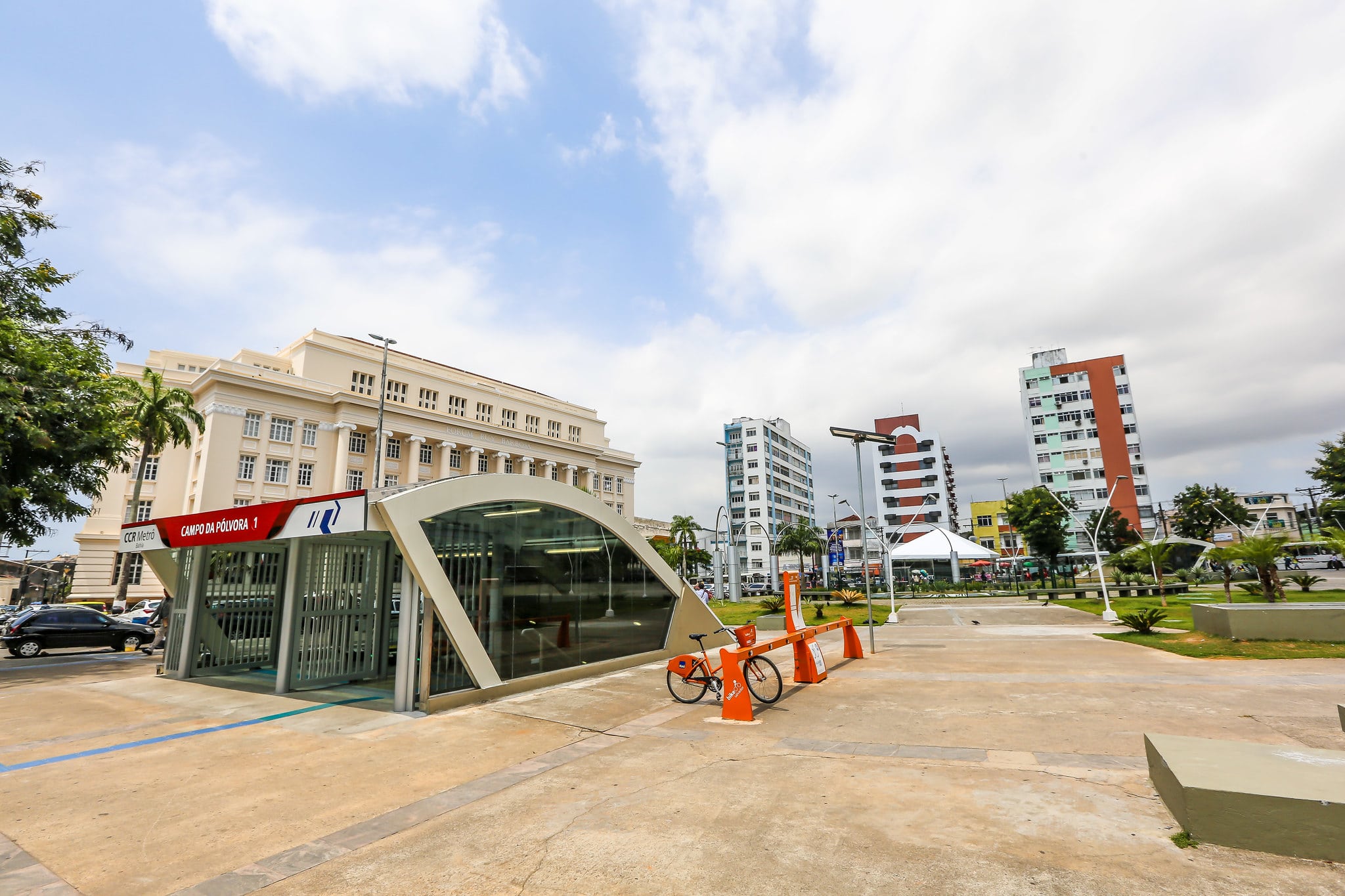

Archaeologists have uncovered a massive burial site in Salvador, Brazil, believed to hold the remains of more than 100,000 enslaved individuals.
The discovery was made beneath a parking lot at the Pupileira Complex, a property owned by Santa Casa de Misericórdia da Bahia. The site currently houses a museum, a college, and an event space.
Digging began on May 14 with small test pits. On the fifth day, May 19, researchers uncovered human bones nearly 2.7 meters below the surface. The remains included large bones and teeth.
According to Folha de S.Paulo, the depth suggests the area was filled in after the cemetery was shut down in 1844.
The burial ground, once known as the Campo da Pólvora Cemetery, operated from the late 1600s until its closure in the mid-19th century due to health concerns.
It served as a final resting place for enslaved people and other marginalized groups, including victims of the 1835 Malê Revolt, a Muslim-led uprising involving around 600 Africans.
“This cemetery was made invisible by layers of landfill that hid the true history of the city. But it was there, waiting to be found. We are facing a historical reparation,” said archaeologist Luiz Antônio Pacheco in an interview with Terra.
Architect and urban planner Silvana Olivieri identified the location during her doctoral research at the Federal University of Bahia. She used 18th-century maps, institutional records, and prior archaeological studies to pinpoint the site.
“We understand that the affected communities, especially the Black community, must be heard both for the symbolic dimension and about the continuity of an incompatible use, since it is a space used for parties,” Olivieri said.
Olivieri believes the cemetery includes individuals killed during or after the Malê Revolt. “On the day of the Malê Revolt, part of the enslaved people were killed,” she said.
Due to the fragile condition of the remains and the sensitive nature of the discovery, researchers did not remove the bones or release images of them.
The area was sealed with protective materials. Humid and acidic soil has left the bones extremely delicate.
The Public Ministry of Bahia has requested that the National Institute of Historical and Artistic Heritage officially recognize the site as an archaeological zone.
“From this confirmation of the suspicions regarding the existence of this cemetery, the Public Ministry will now take measures to preserve this location, which should already be considered an archaeological site,” said prosecutor Lívia Vaz.
Legal experts and community leaders argue the space should no longer be used for parking or events. “We understand that the affected communities, especially the Black community, must be heard,” said Samuel Vida, a law professor at the Federal University of Bahia.
The discovery led to the formation of a national committee to safeguard cemeteries of enslaved people across Brazil. According to Folha de S.Paulo, the group will coordinate efforts to locate and protect similar historical sites.
Researchers believe the site also contains the remains of Indigenous people, Roma, the poor, the unbaptized, the excommunicated, suicides, sex workers, and political rebels.
Santa Casa de Misericórdia, which owns the complex, has operated the nearby Campo Santo Cemetery since 1844 – a major source of revenue for the institution.
